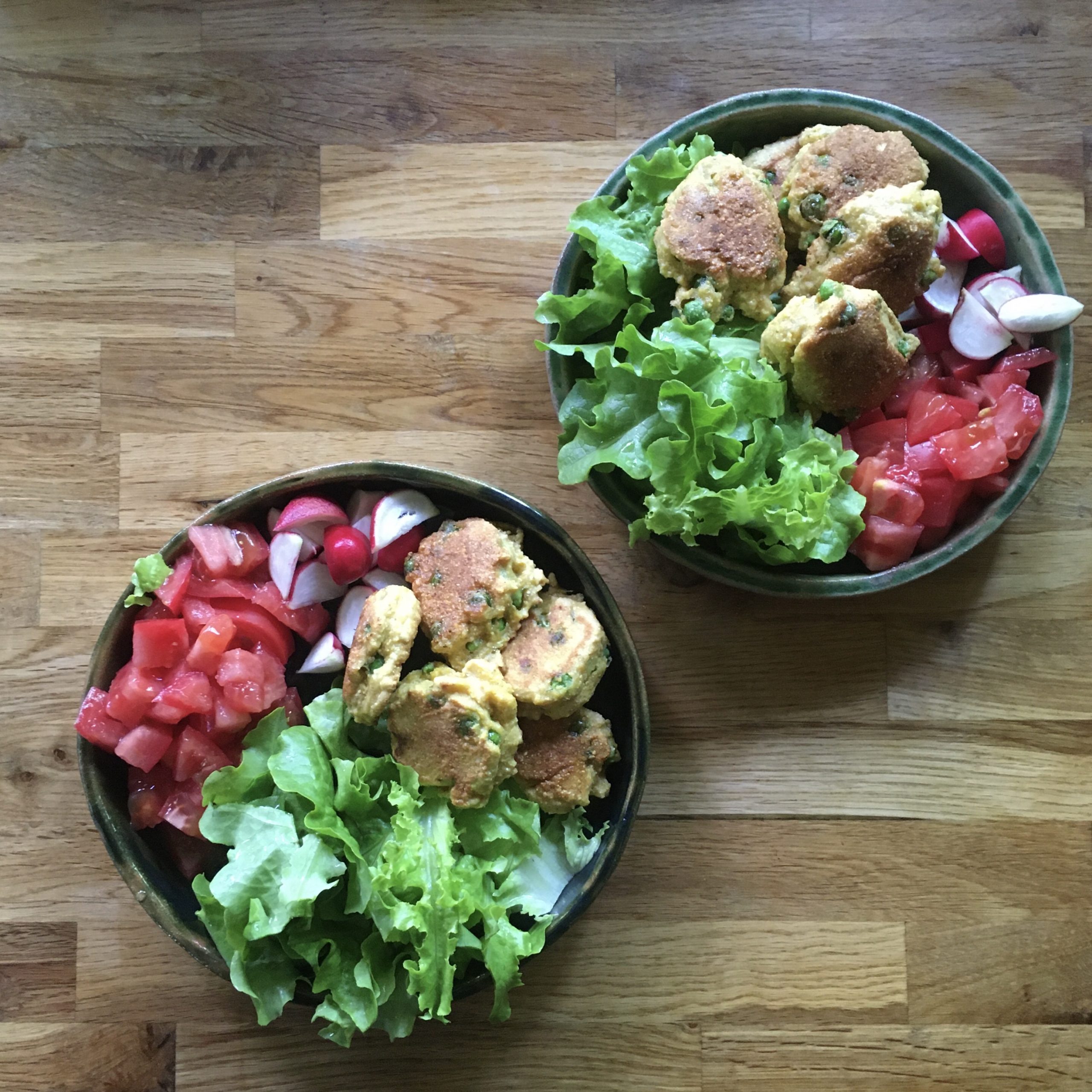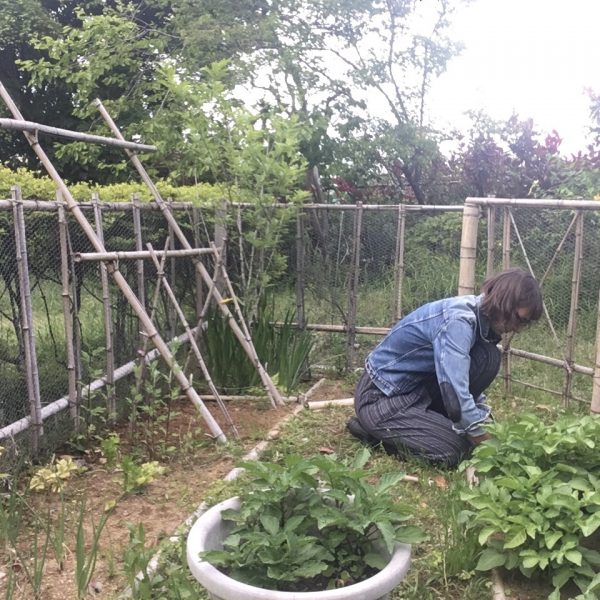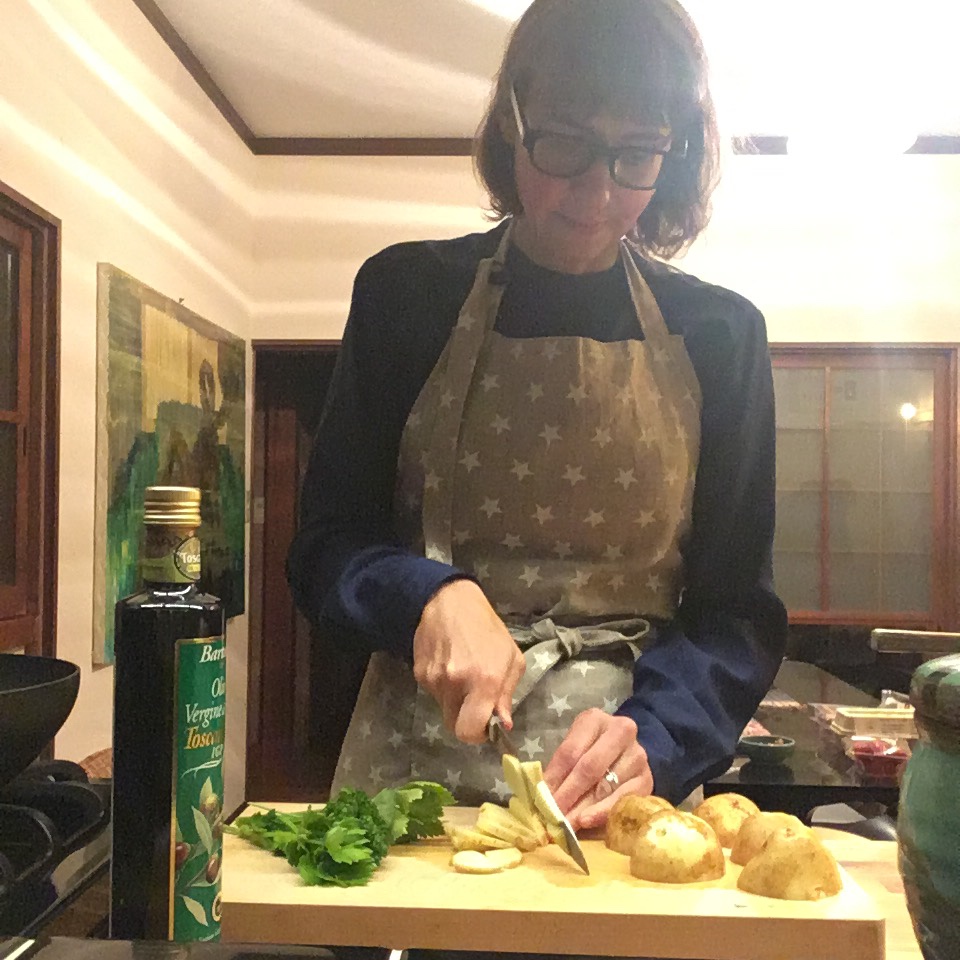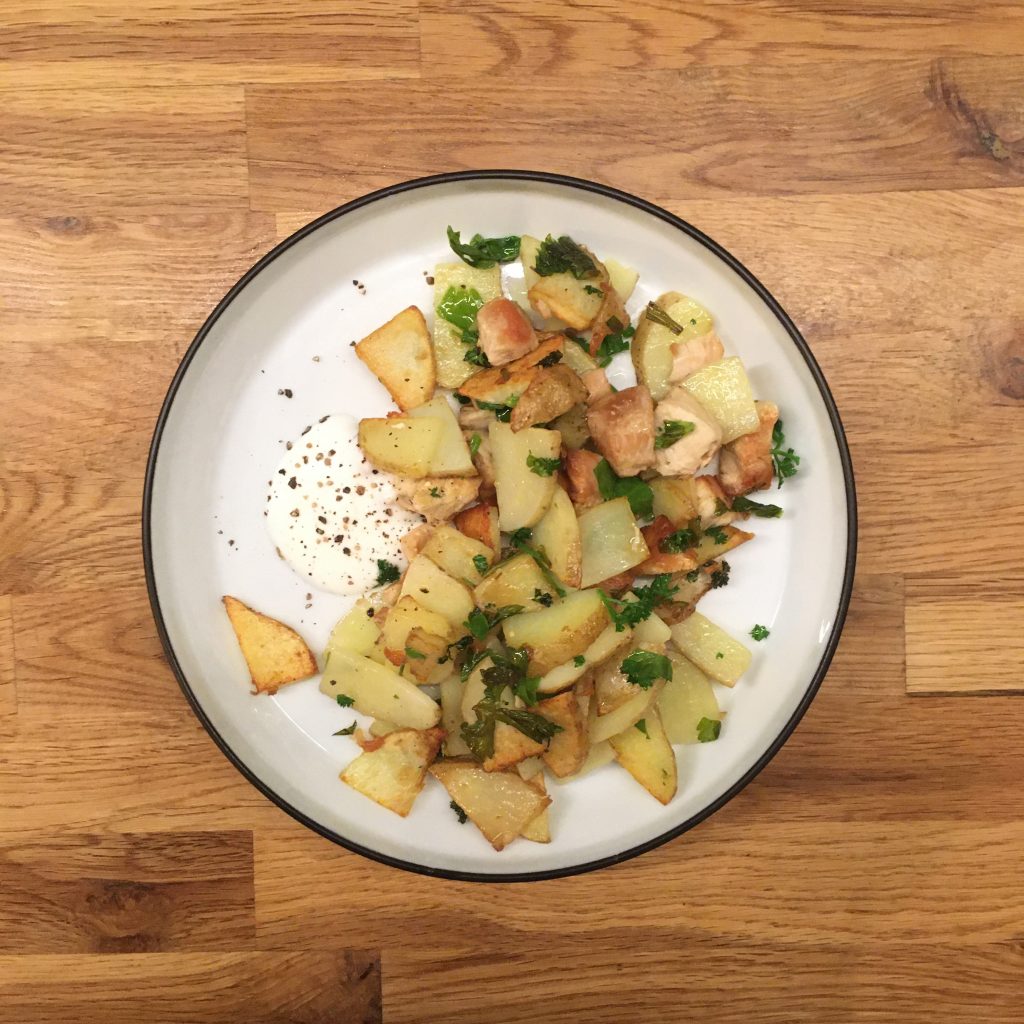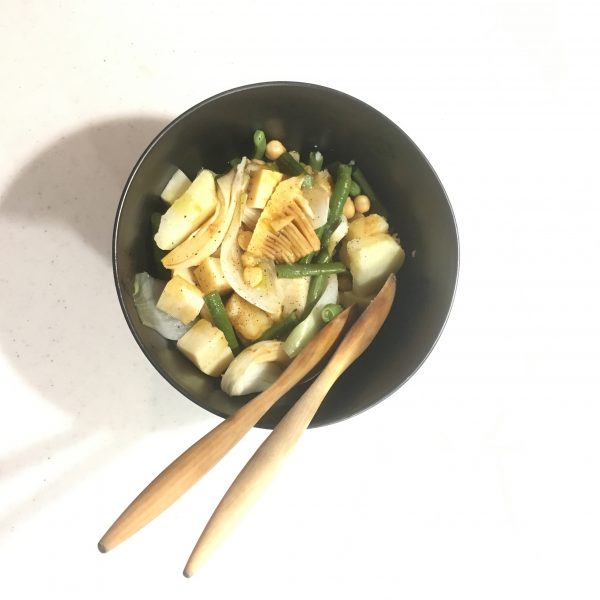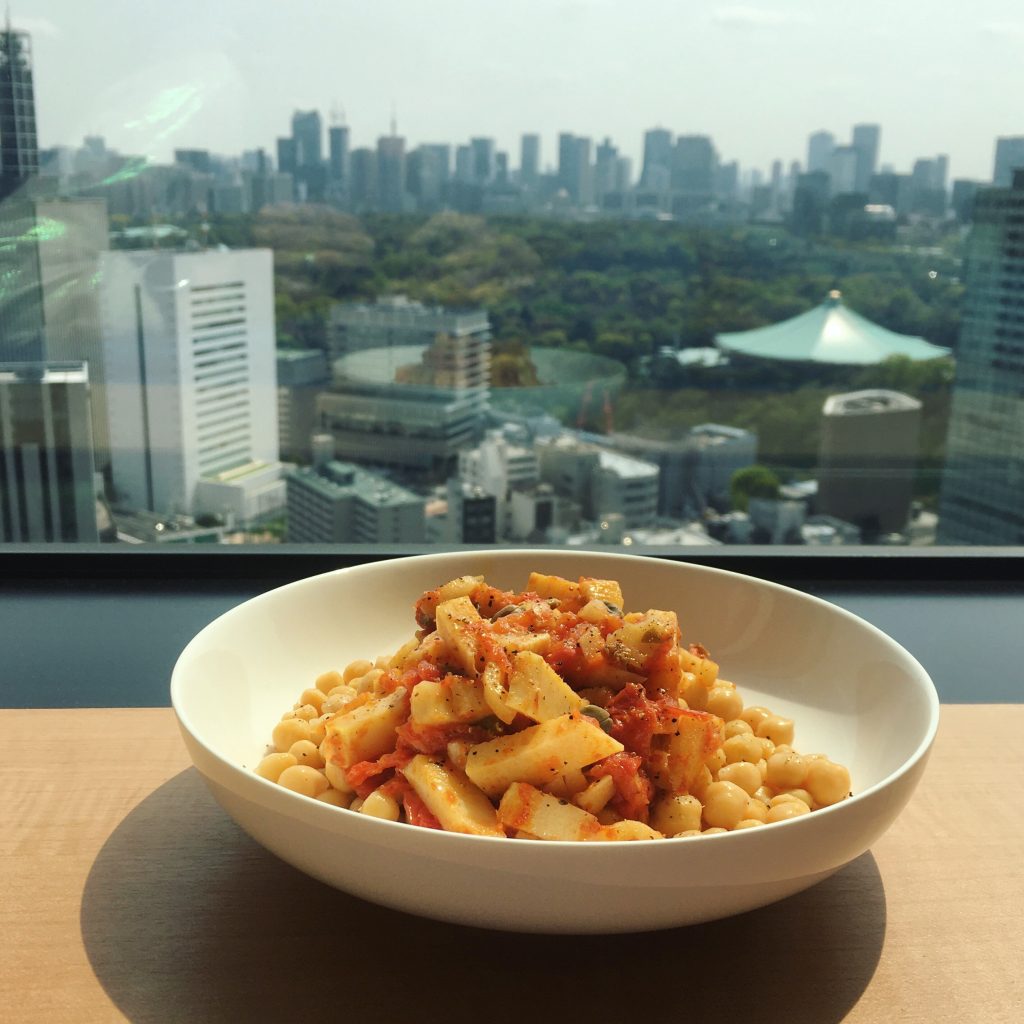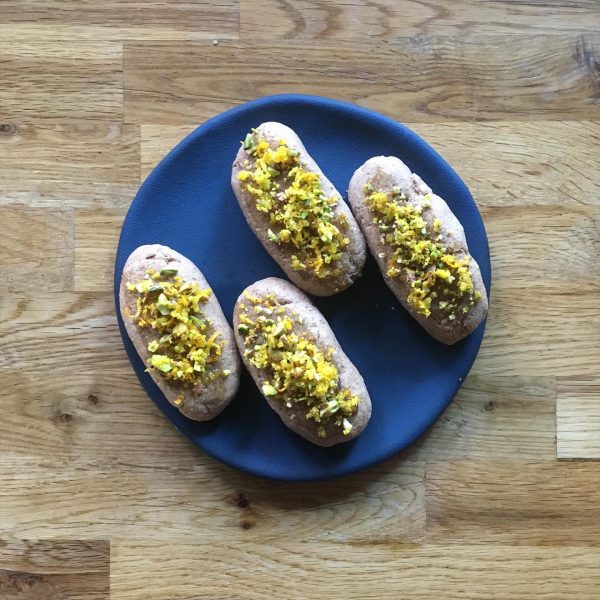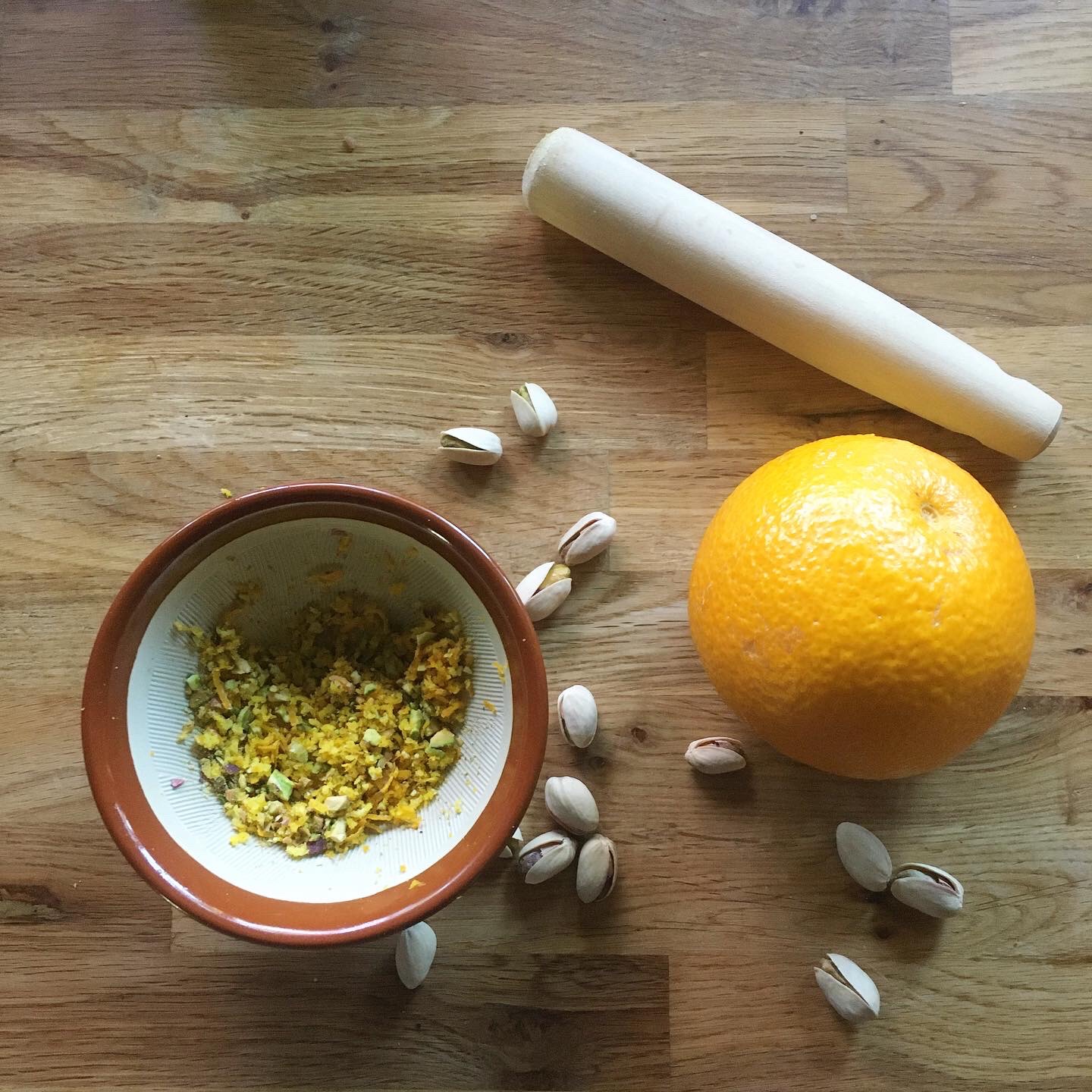I know it, but sometimes nature reminds it violently to me… whether it’s a roof tile broken during a typhoon by a branch we neglected to cut, an overflow of the gutter because it was filled with fallen leaves… I learn my lessons. I also now monitor more closely the plants and trees, can predict and treat ahead of pests to avoid damages, so I’ve been busy… but when I discovered my potatoes were sick I was very disappointed. Last year they grew so easily… so last weekend I took action by making horsetail decoction to treat them and harvesting the most endangered ones. Which ended up beautifully in our plate with plenty of new potatoes to eat!!!
But today when I discovered that two large trees I like particularly have been attacked by pests I was devastated. Seeing them weakening and loosing all their leaves… I again took action immediately… but all nursing my plants and trees I had little time to harvest plums, so tonight, right before the sun went down, I decided to start. Only to realize that I will have to downsize my production of plum syrup, because in this last week the warm weather has turned the green plums into a pinkish orange, and they now will be more appropriate for umeboshi… the garden never waits for you. If you’re in time good for you, if you’re not, too bad… you need to move on, and wait another year…
Hopefully, I still harvested a few green plums to prepare some plum syrup ume shiroppu 梅シロップ. I have something with syrup usually in summer, but not only, I always have had. I have always loved them and I remember my dad bringing me a glass of grenadine syrup, very diluted, in the morning before going to high school… I’ve never been a morning person and for more than 20 years I never had breakfast except something to drink. The plum syrup is really nice because it can be drunken cold or hot, which makes it year round drink, very enjoyable in the winter after a body boarding session or on the tennis court. Indeed, because it is very simply made, not only it tasted great, it is also full of nutrients, highly diluted it makes a good recovery drink after effort. Add to that the salty plum juice umezu 梅酢 from making umeboshi and you have the perfect energy drink sweet and salty, 100% homemade and sweet and salty to your taste! For 500ml of recovery drink I use 2tbs of plum syrup and 1tbs of umezu then add water. When it’s really hot or effort really intense I use 2tbs of each.
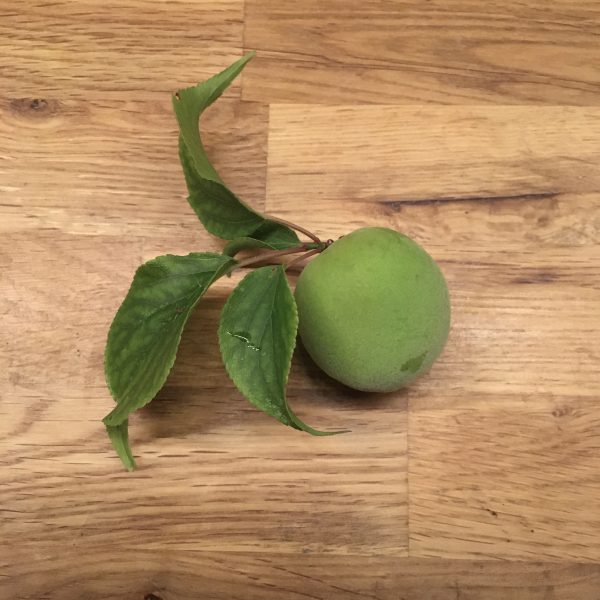
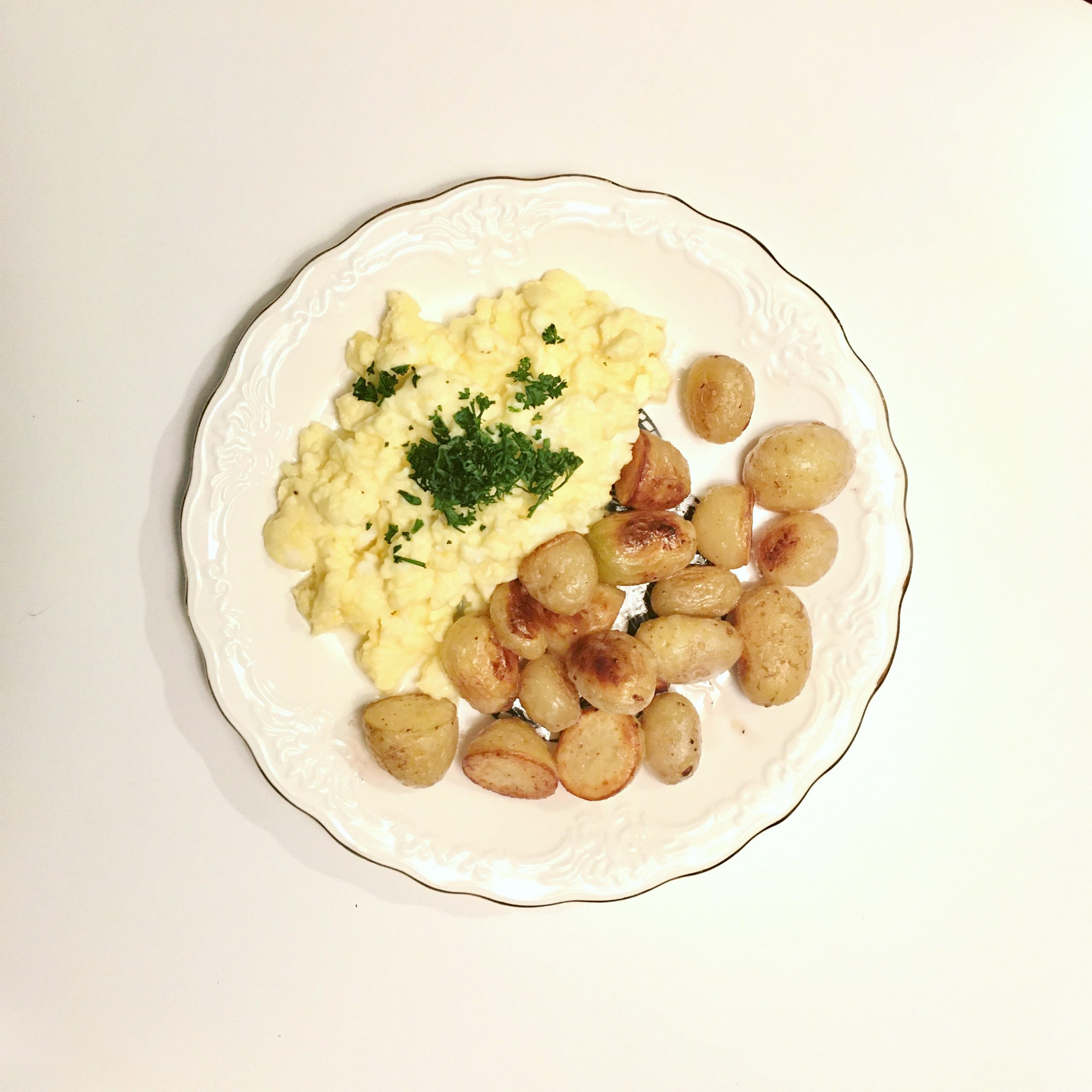
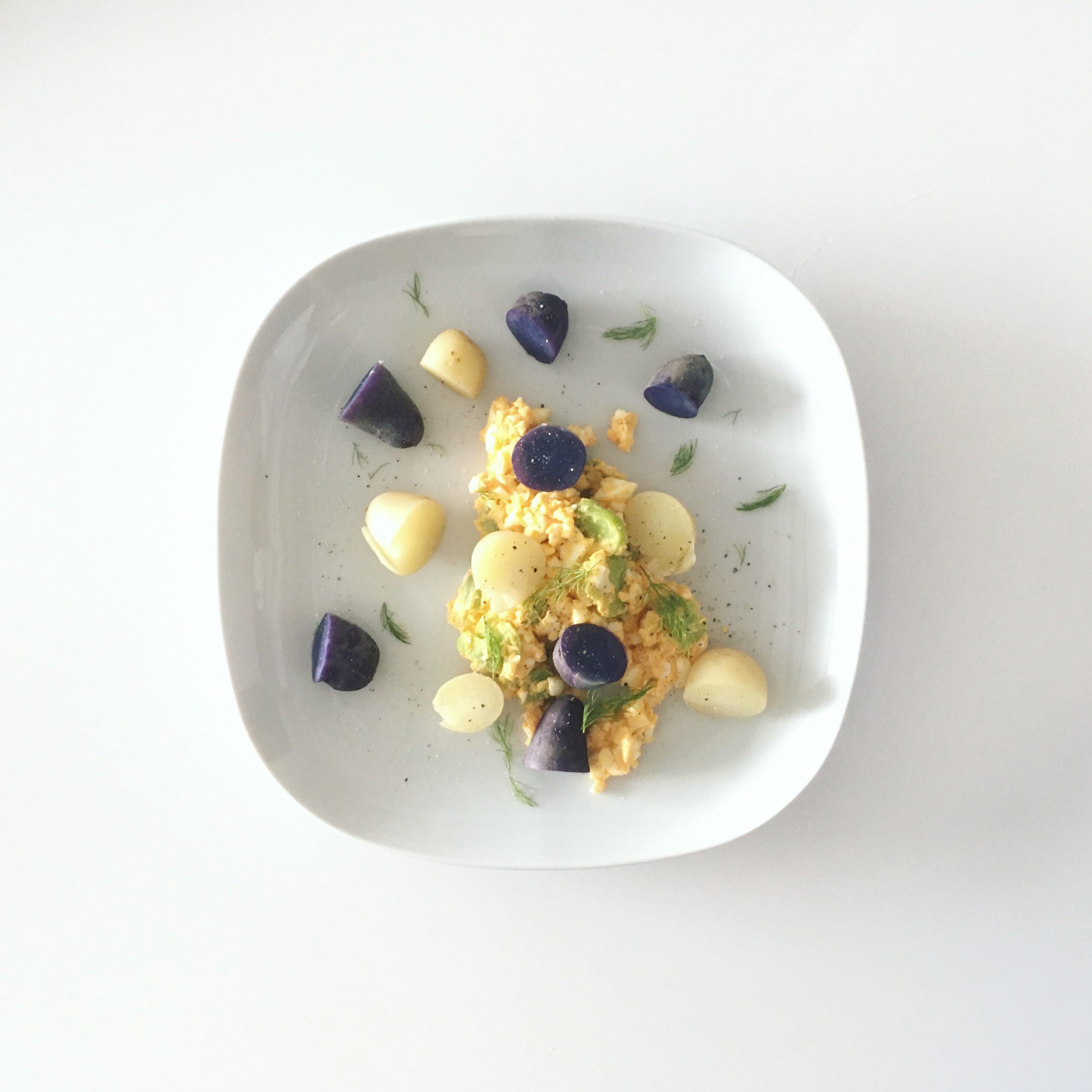
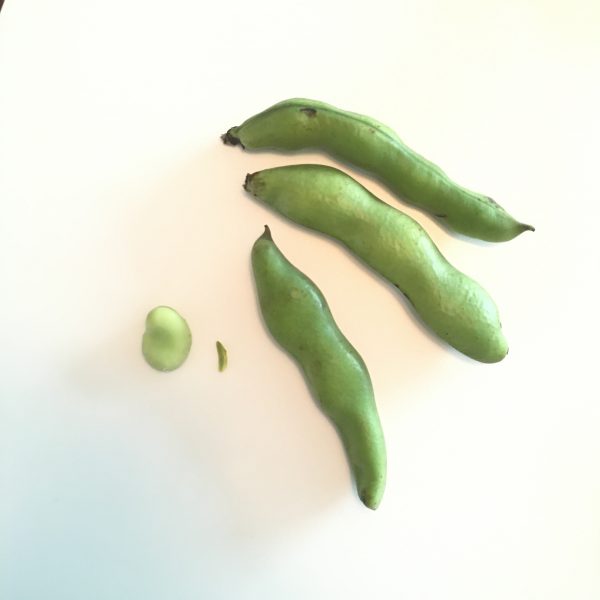
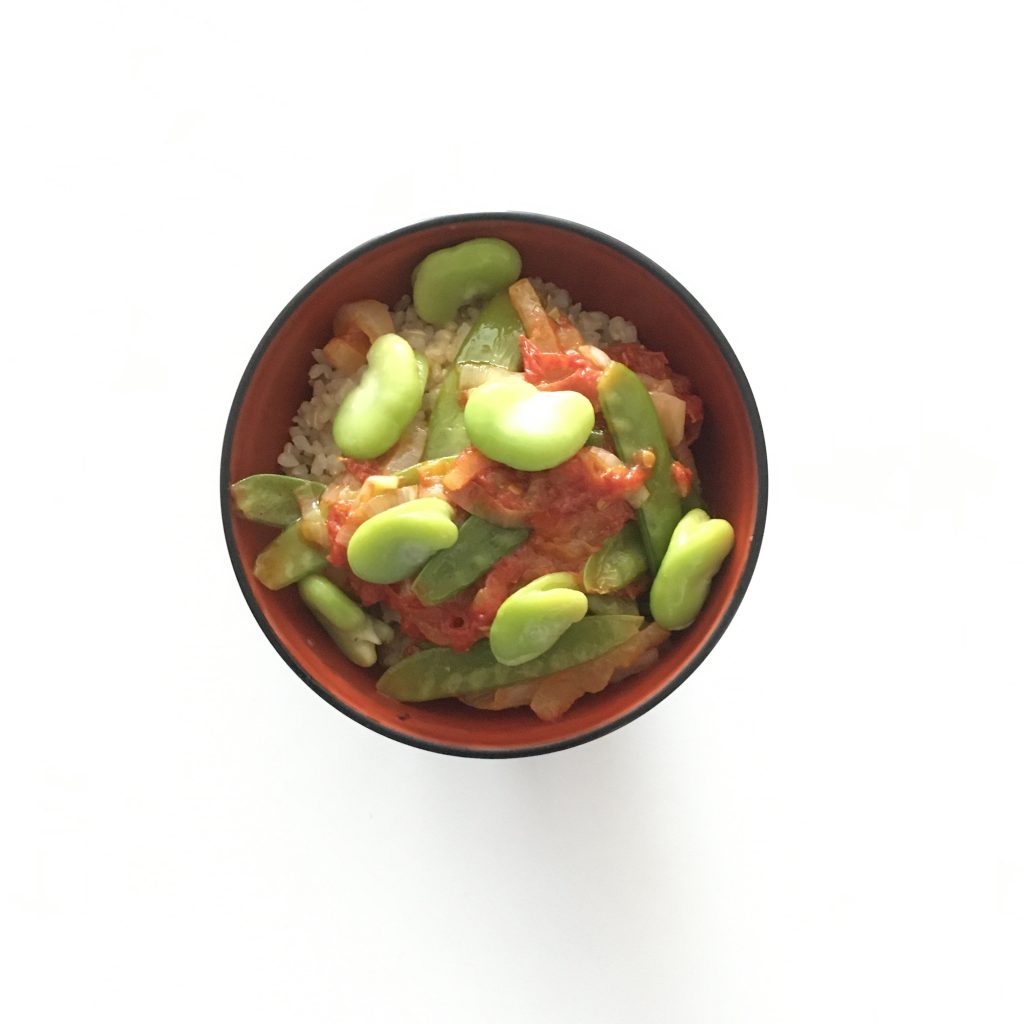
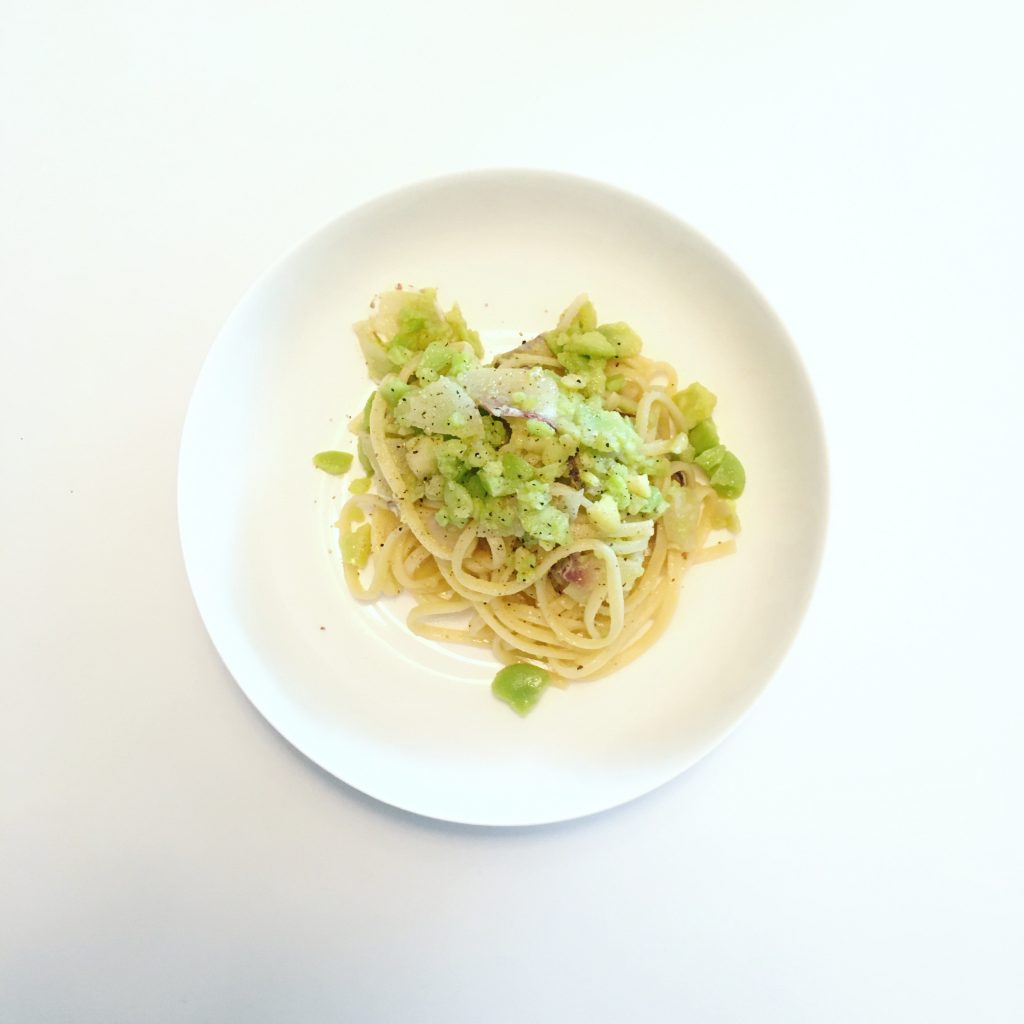
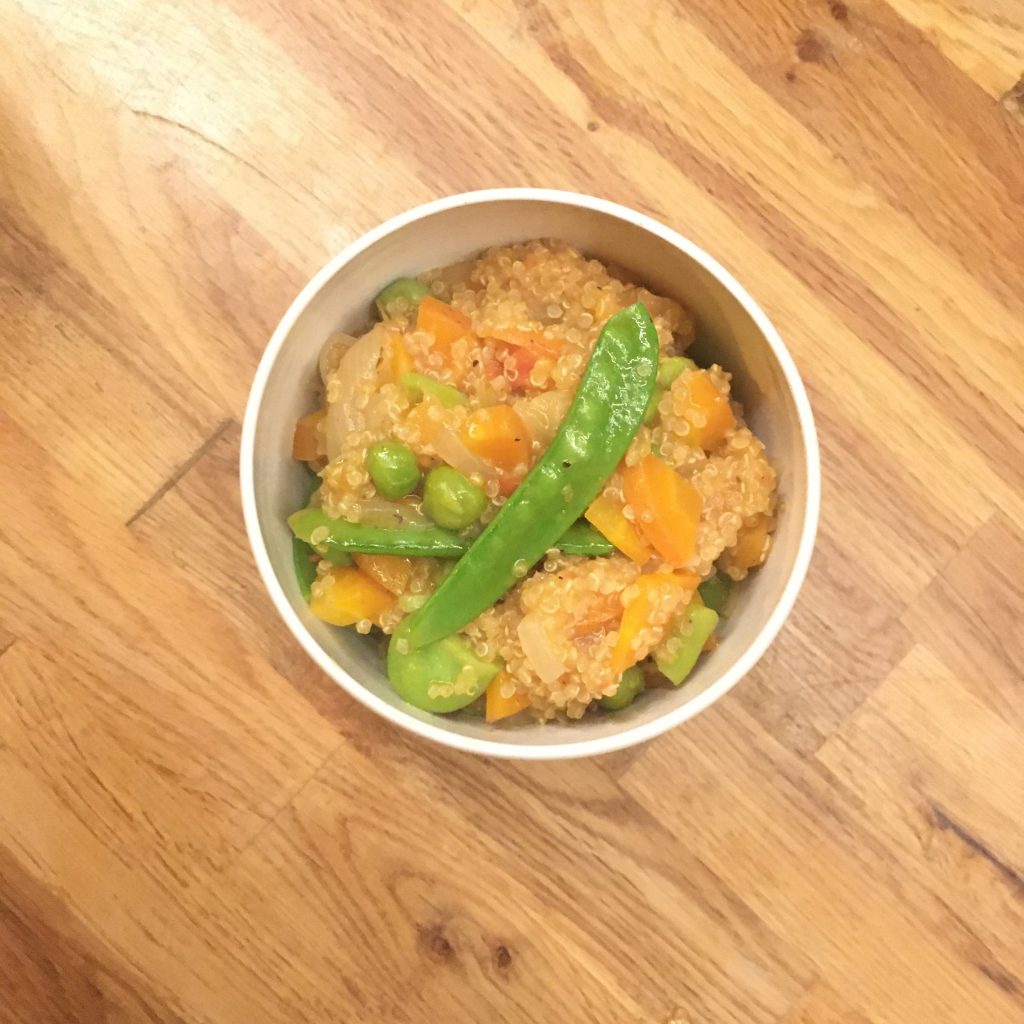
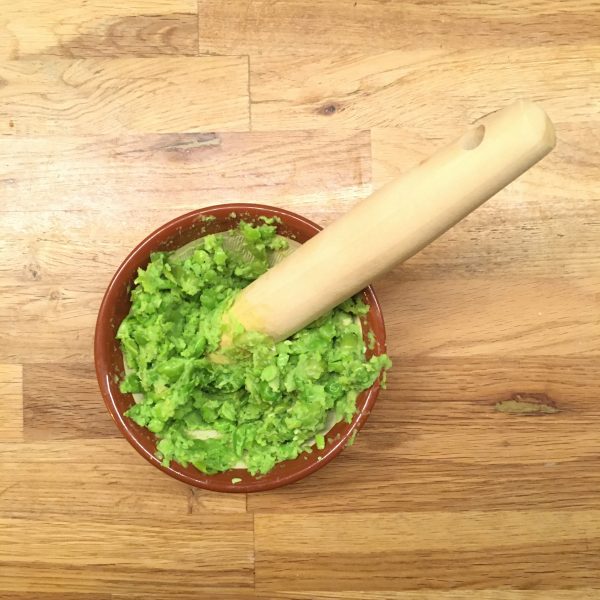
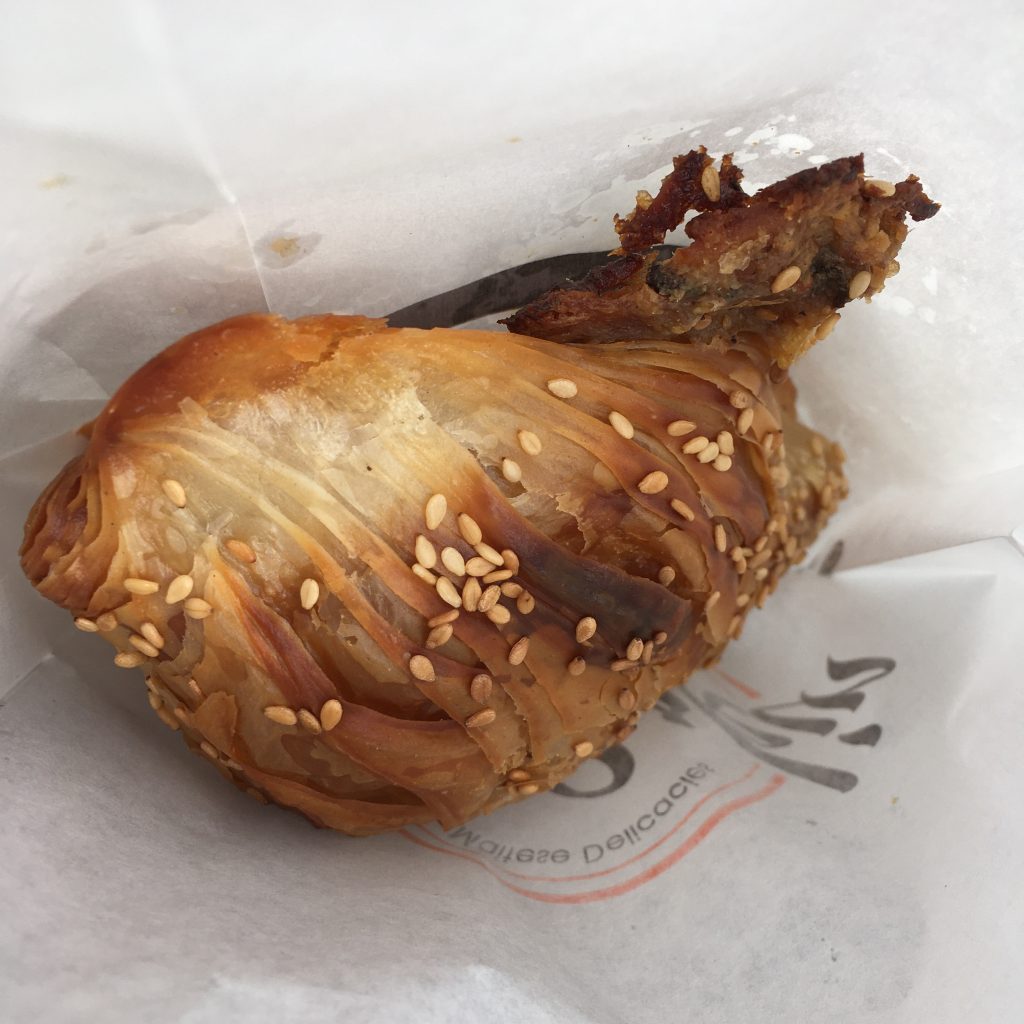
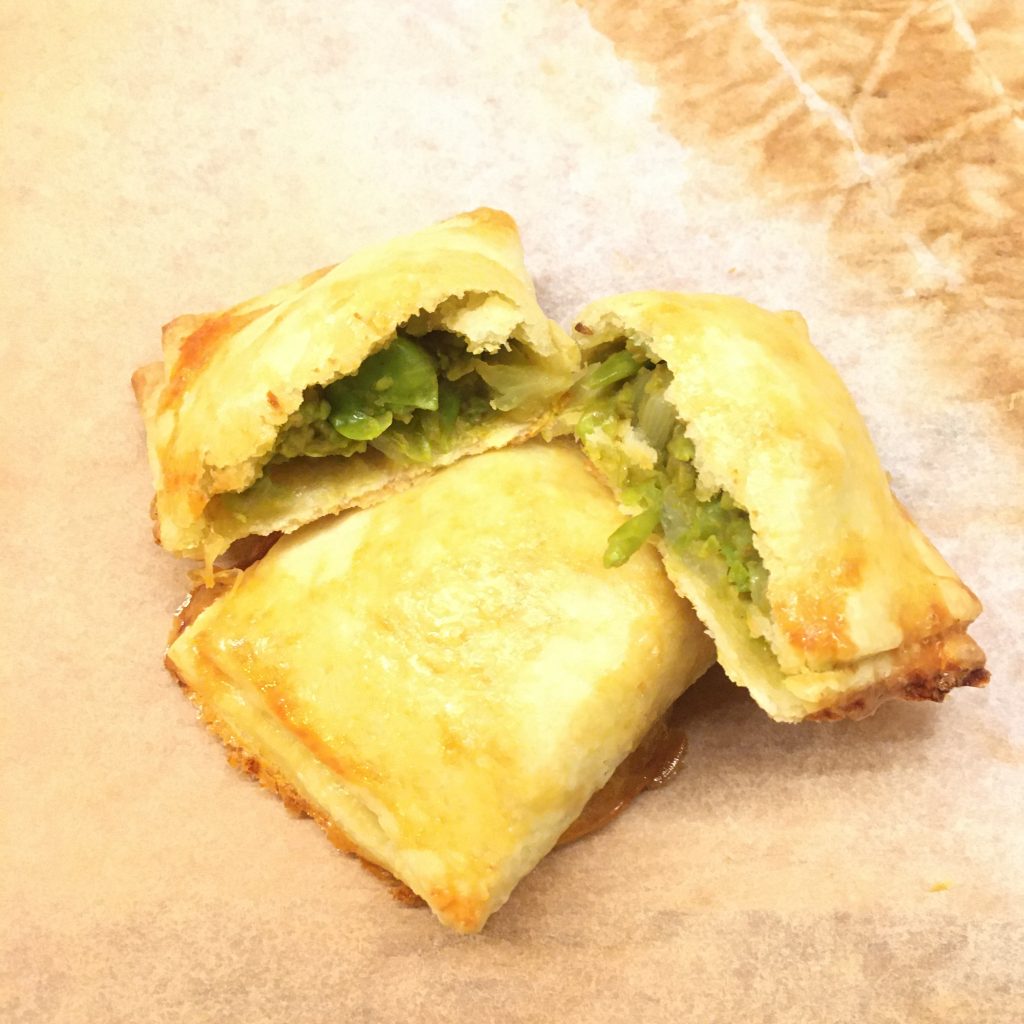
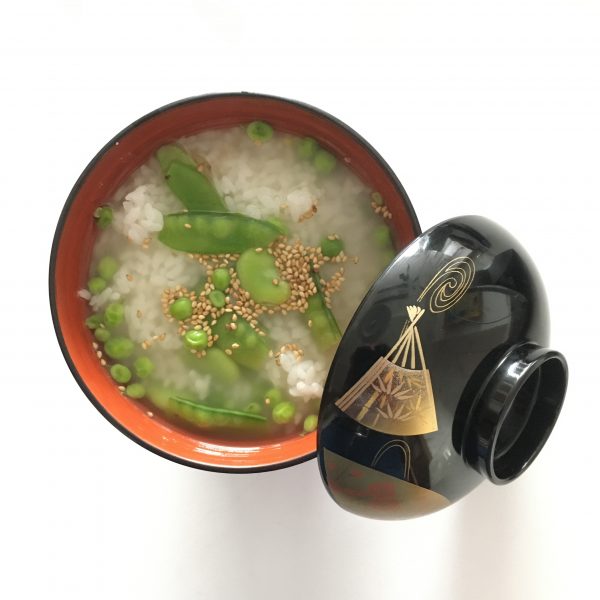
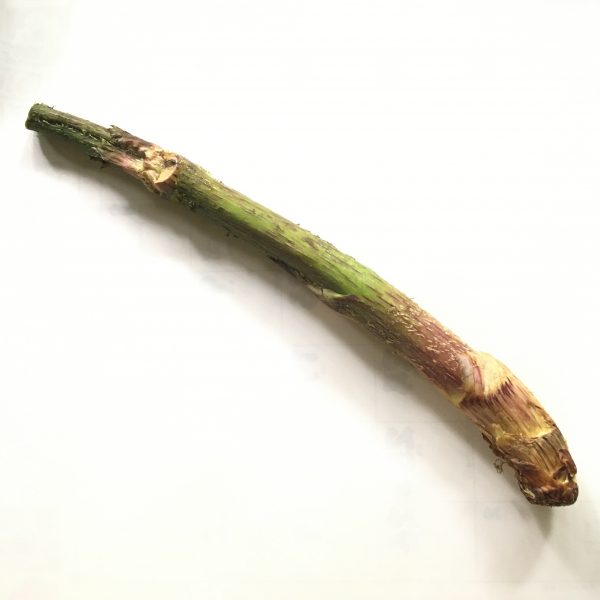
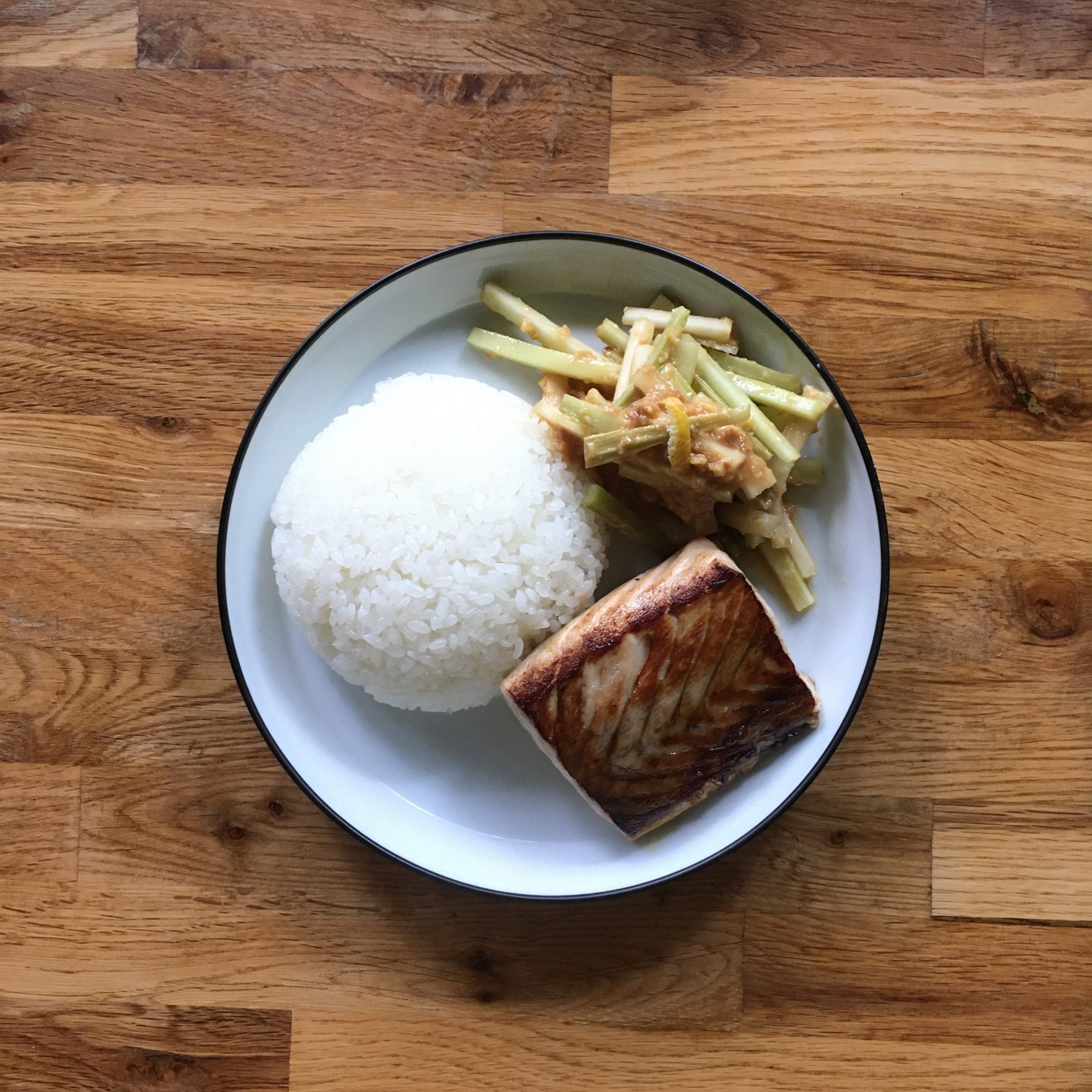
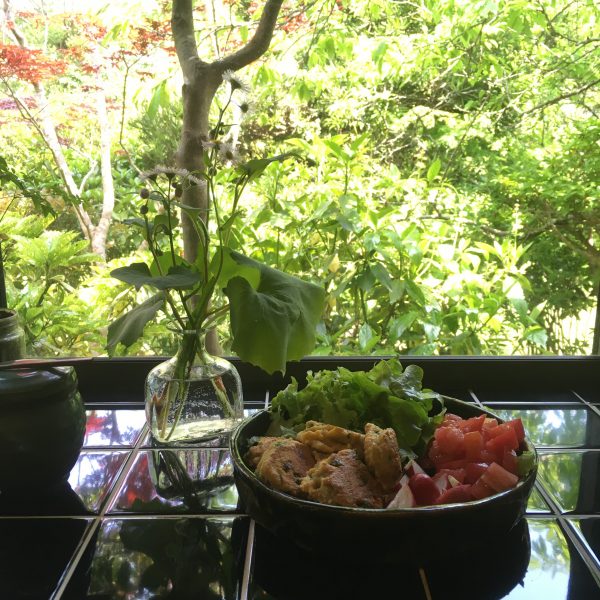
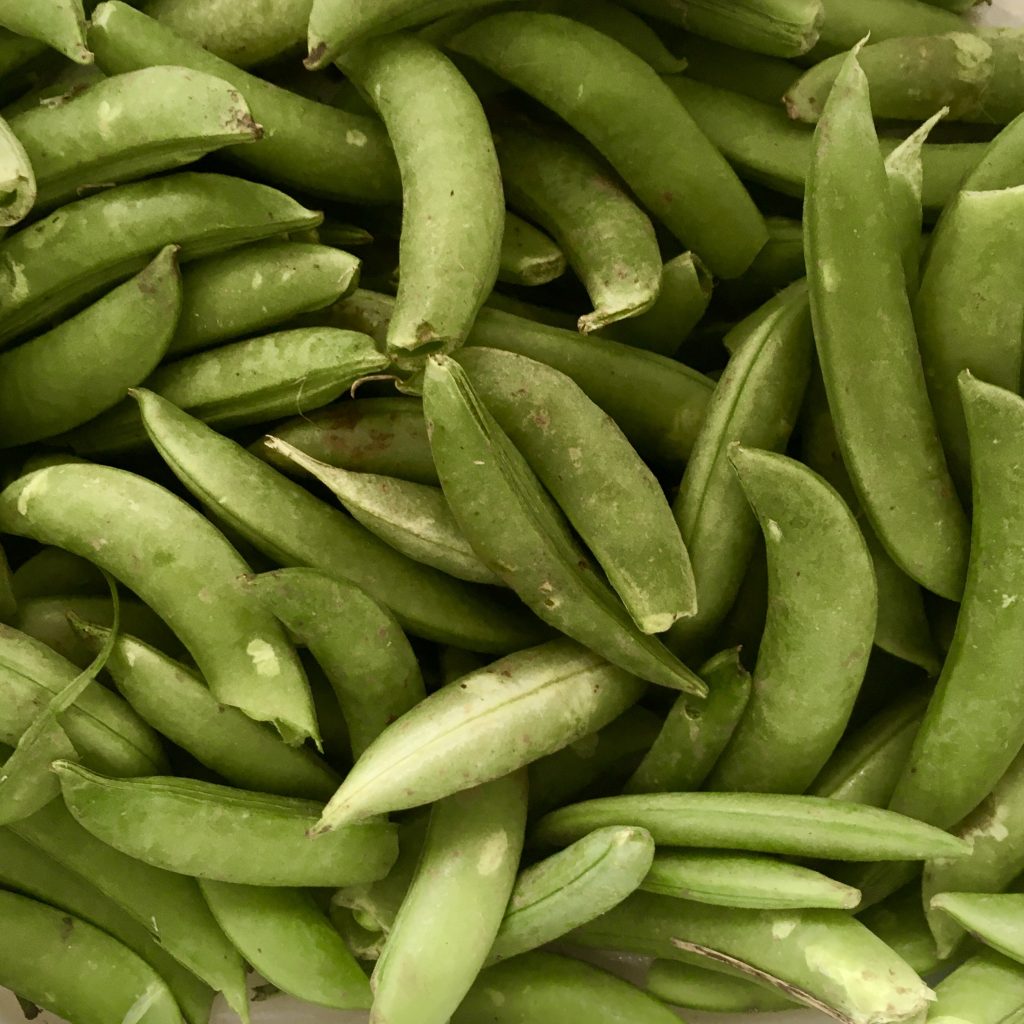 Cornmeal and green peas spicy croquettes
Cornmeal and green peas spicy croquettes
